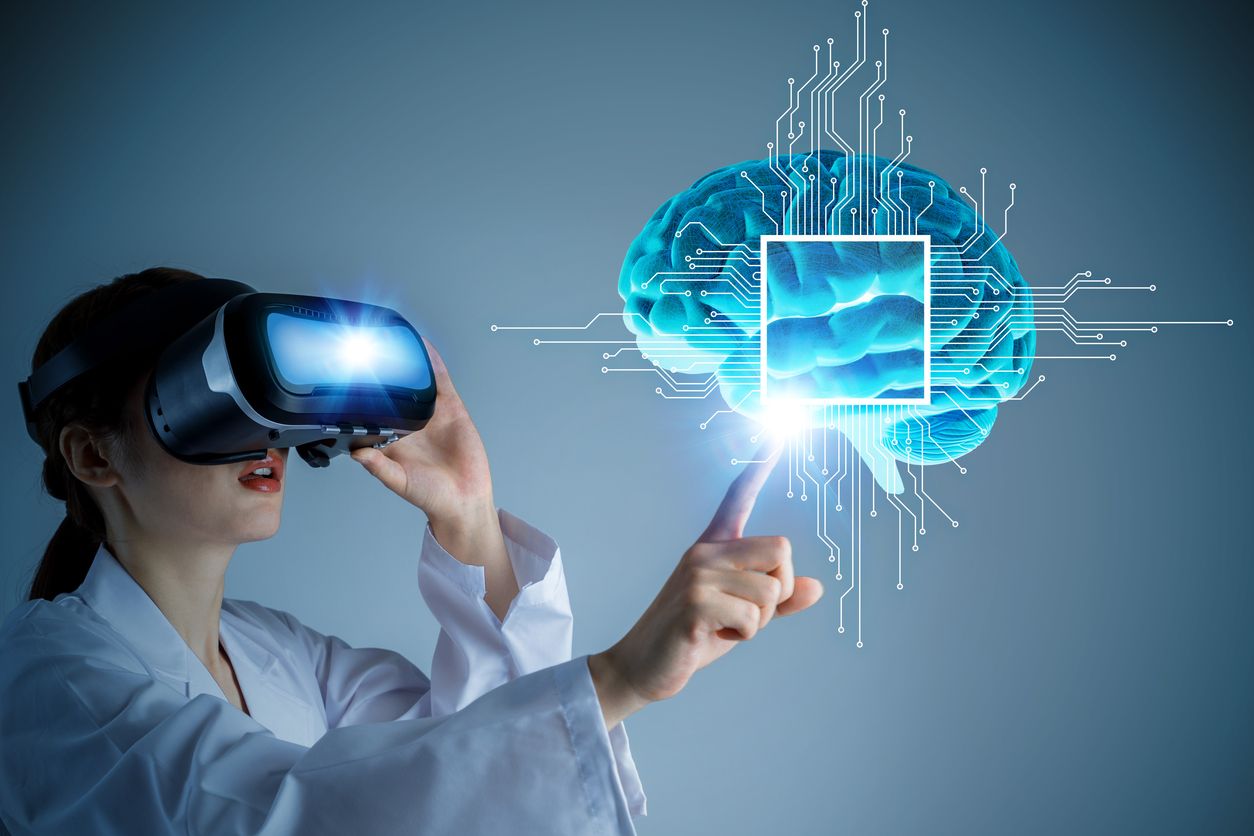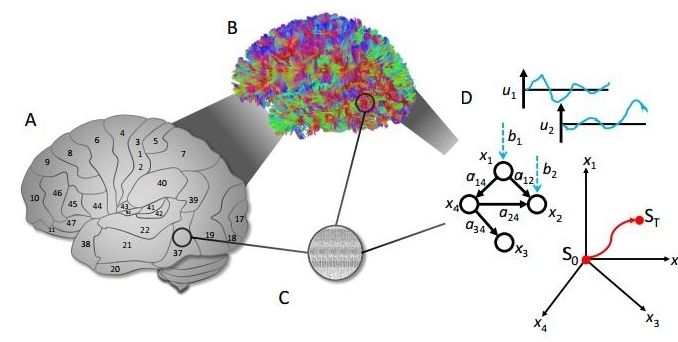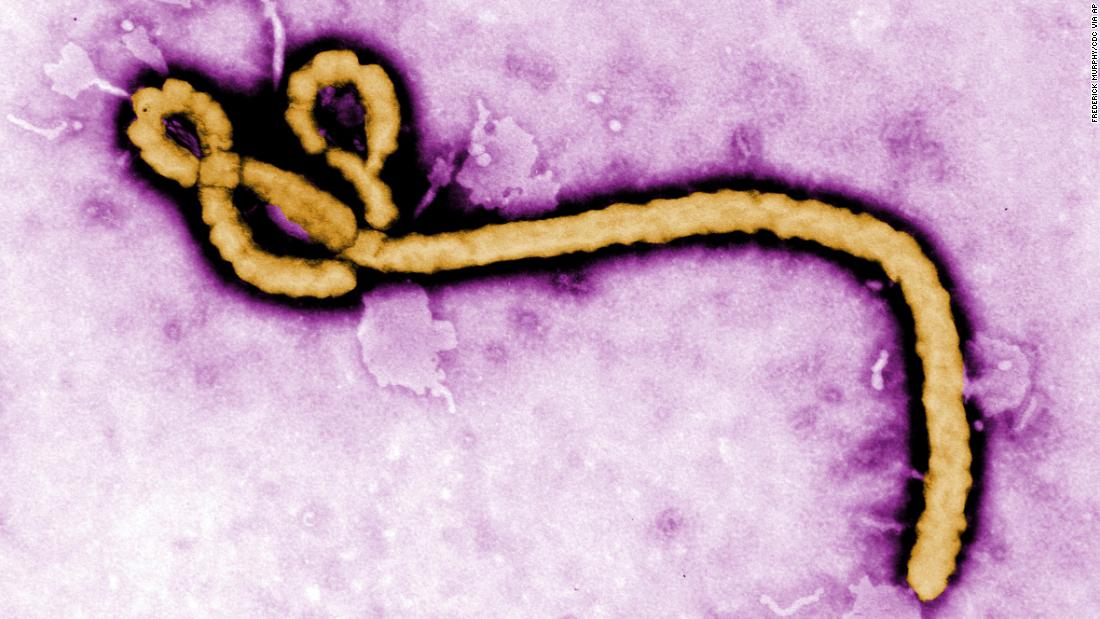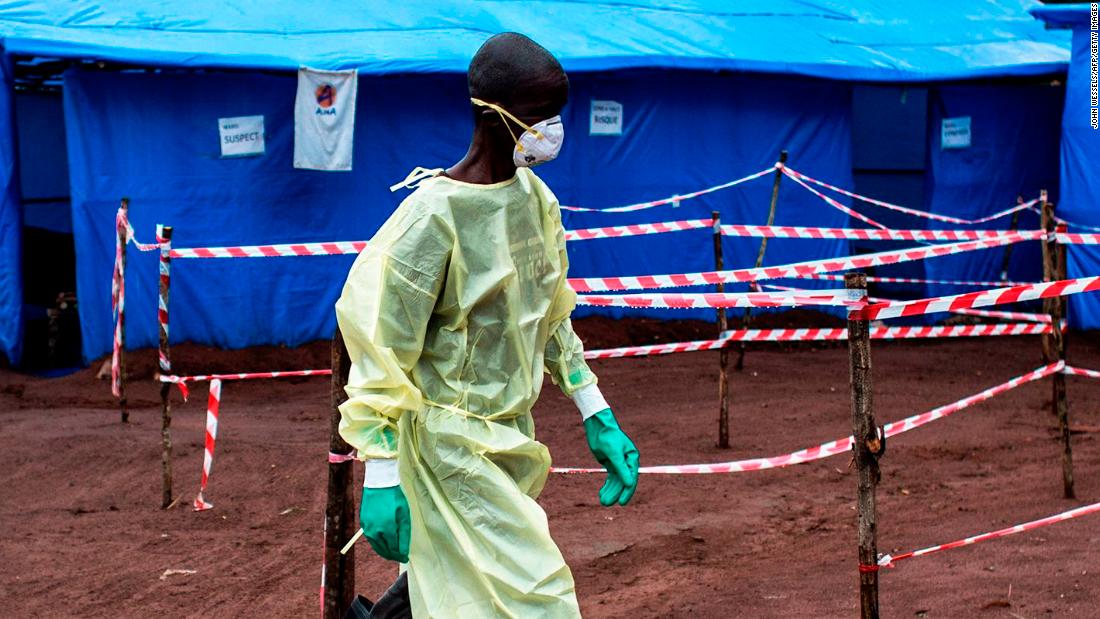If someone tells you to go suck an egg, you might want to think twice about it if you live on the east coast. The United States Centers for Disease Control and Prevention announced last month that a Salmonella outbreak affecting hundreds of millions of eggs had been traced back to a farm in Hyde County, North Carolina. Public health officials have traced consumers’ illnesses in nine different states to the outbreak. Last week, the CDC released a map showing the outbreak’s spread.
Rose Acre Farms, the company responsible for the outbreak, distributes eggs all over the US, to both grocery stores and restaurants. As a result of contamination on the North Carolina farm, over 206 million eggs were exposed to Salmonella braenderup, a bacteria that causes severe diarrhea. The outbreak began in mid-April and appears to be slowing down, but in a multi-state outbreak like this, officials at the CDC may not hear about people getting sick right away. Therefore, the data on the case continues to evolve as reports roll in. The most recent numbers count 35 illnesses, 11 hospitalizations, and no deaths. Here’s a map of the outbreak’s current extent:
Article continues below.









